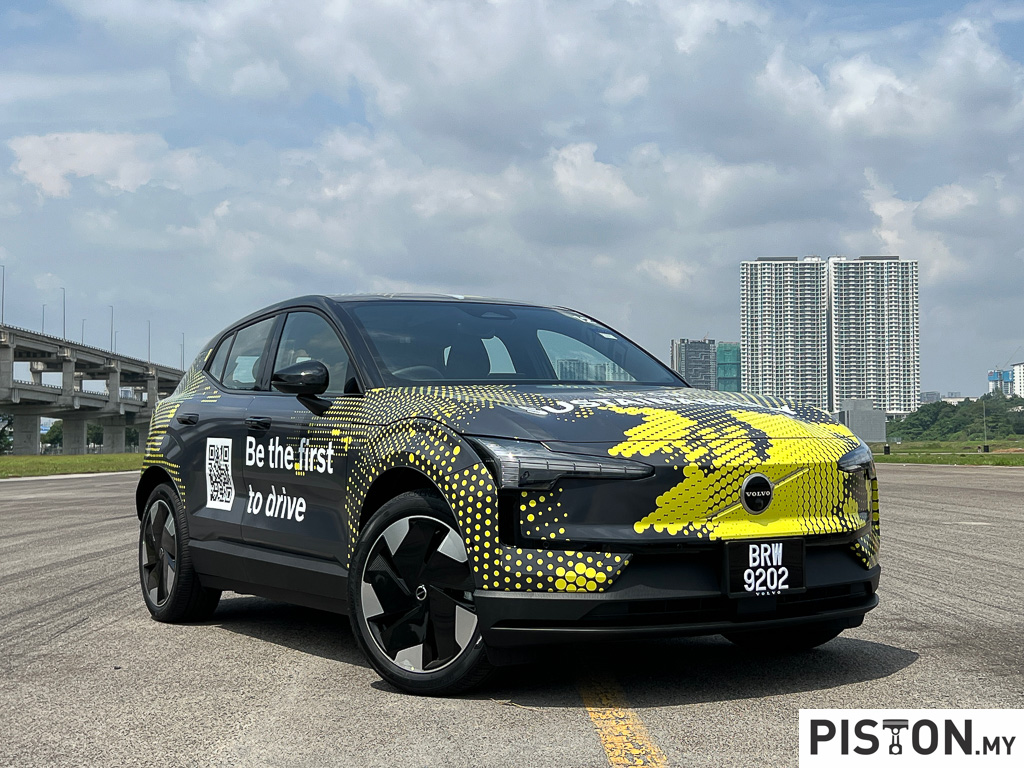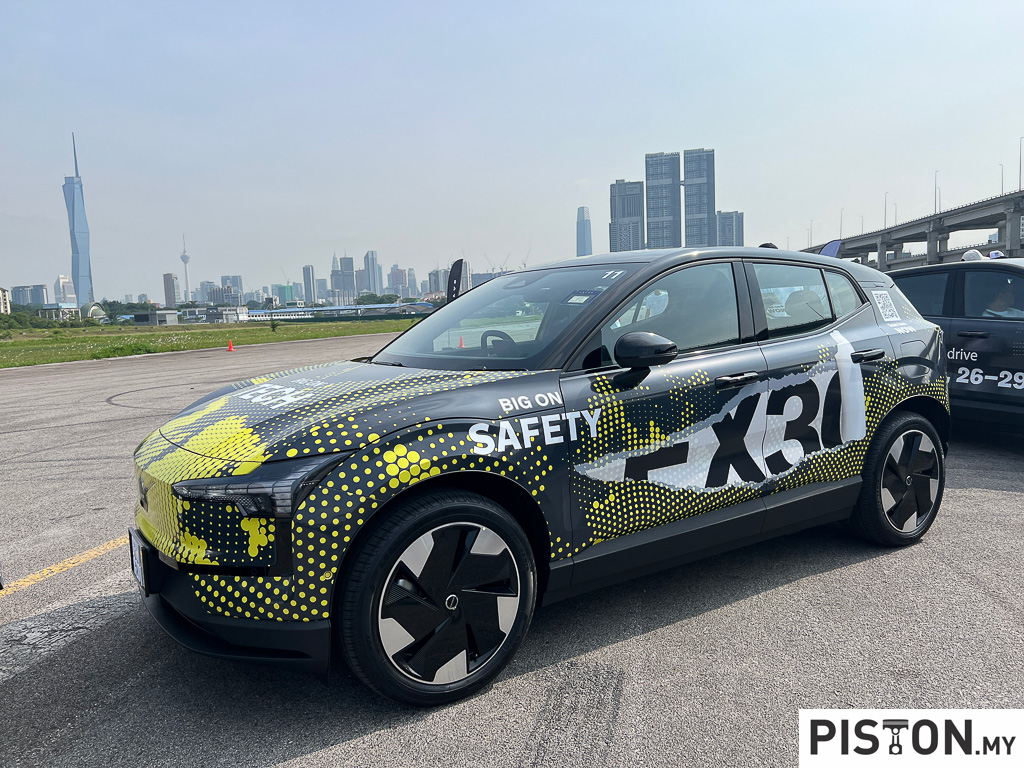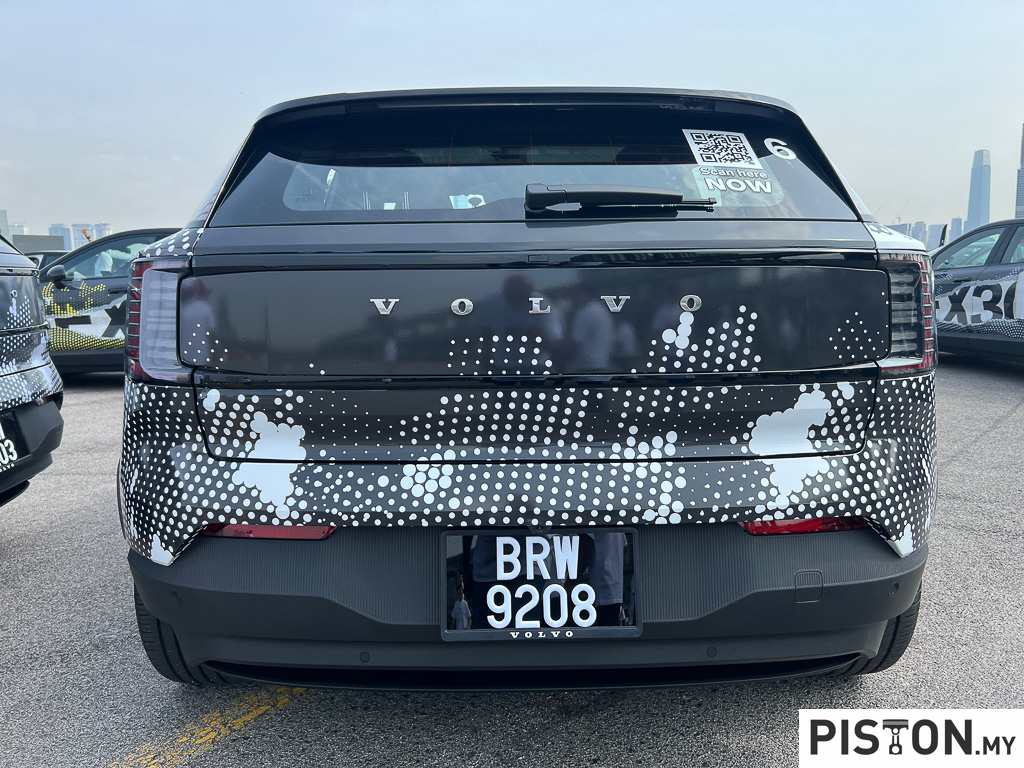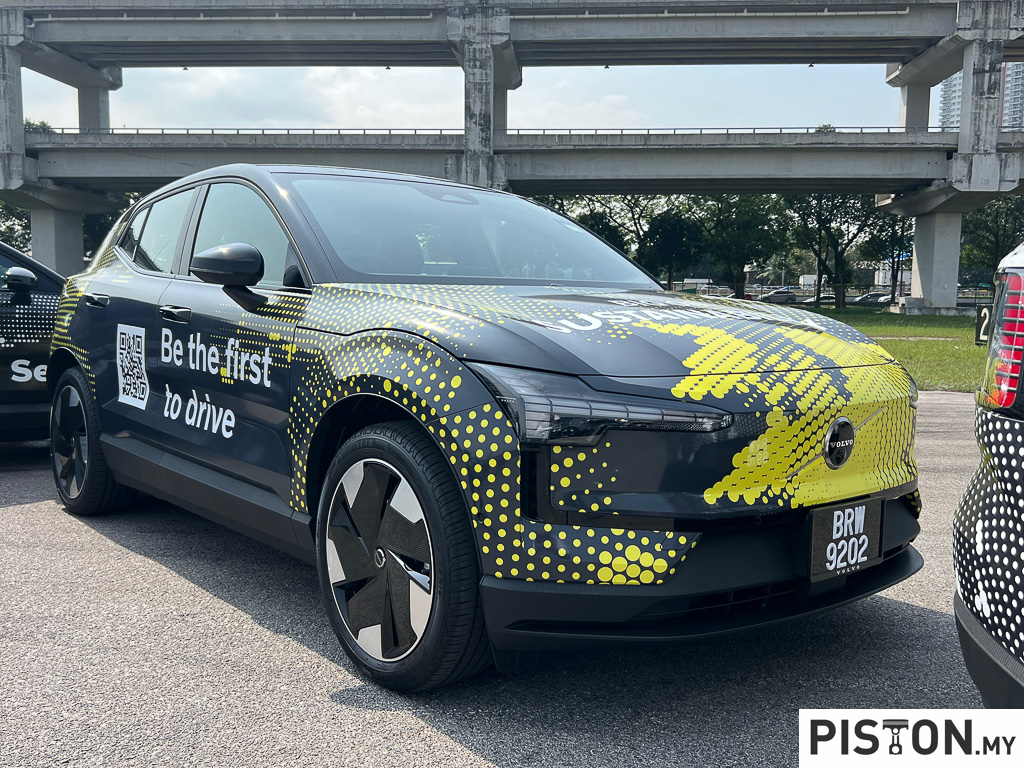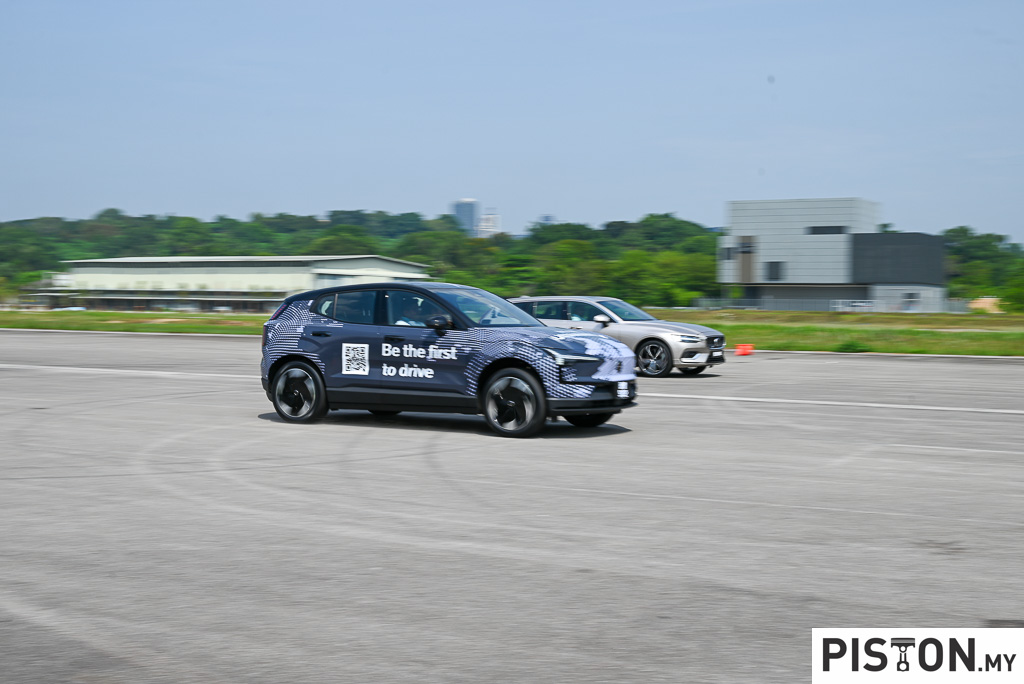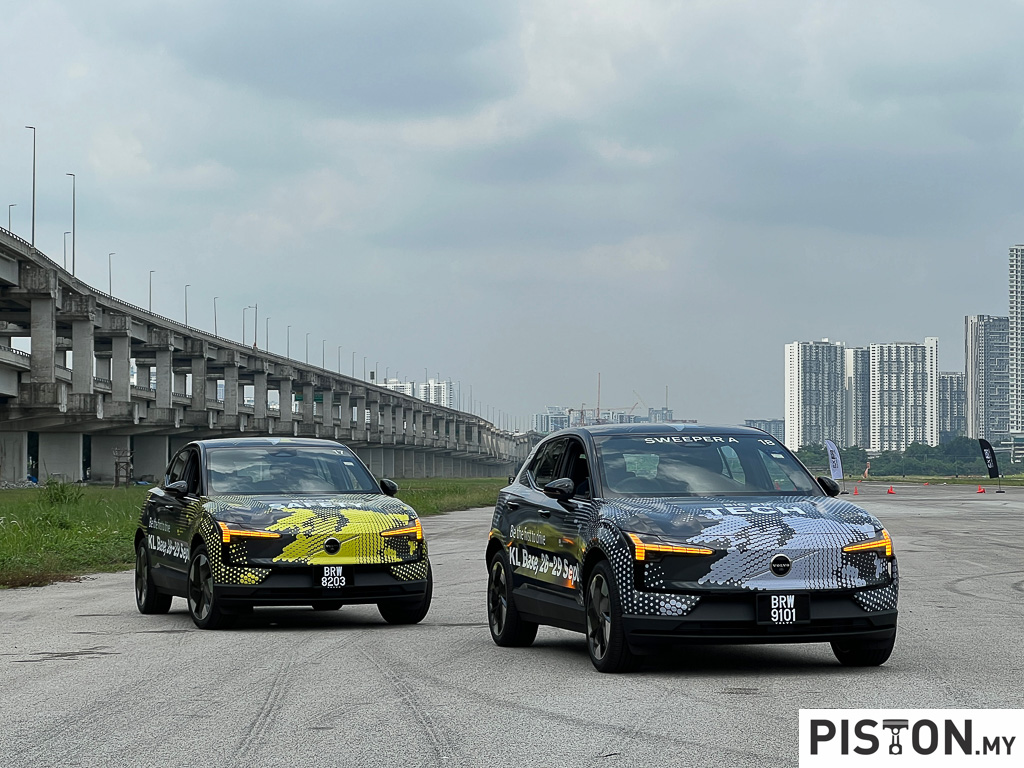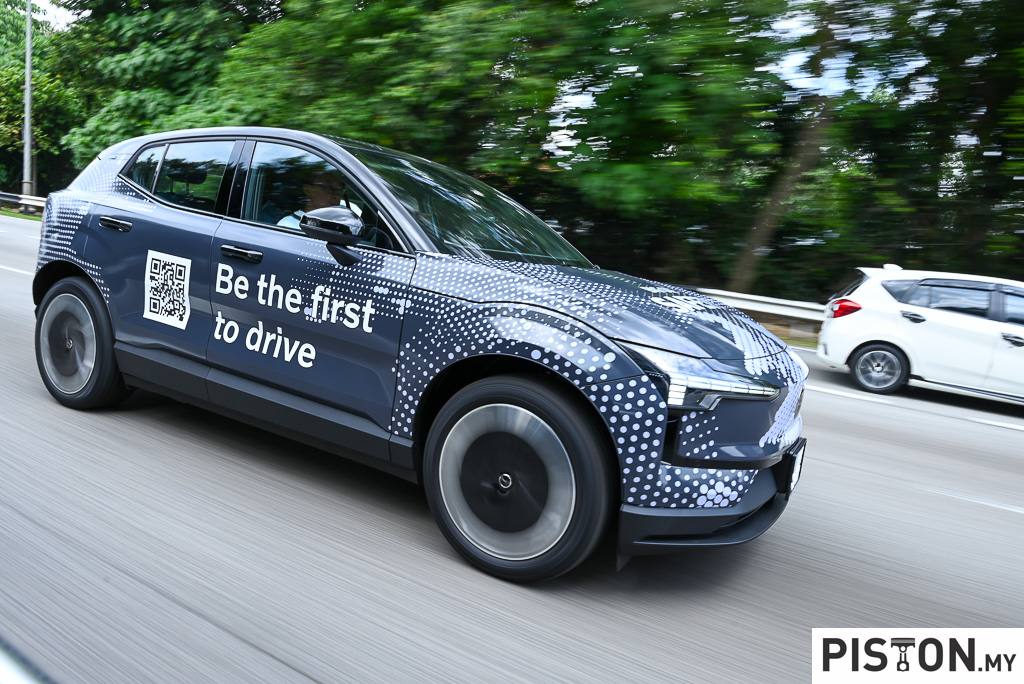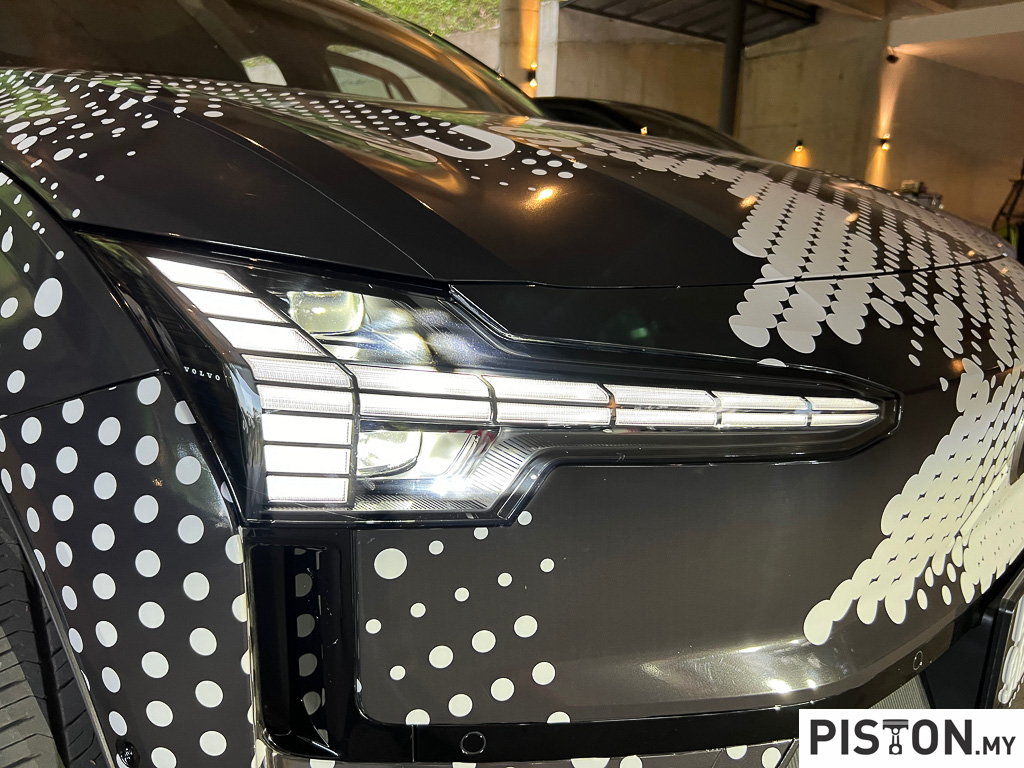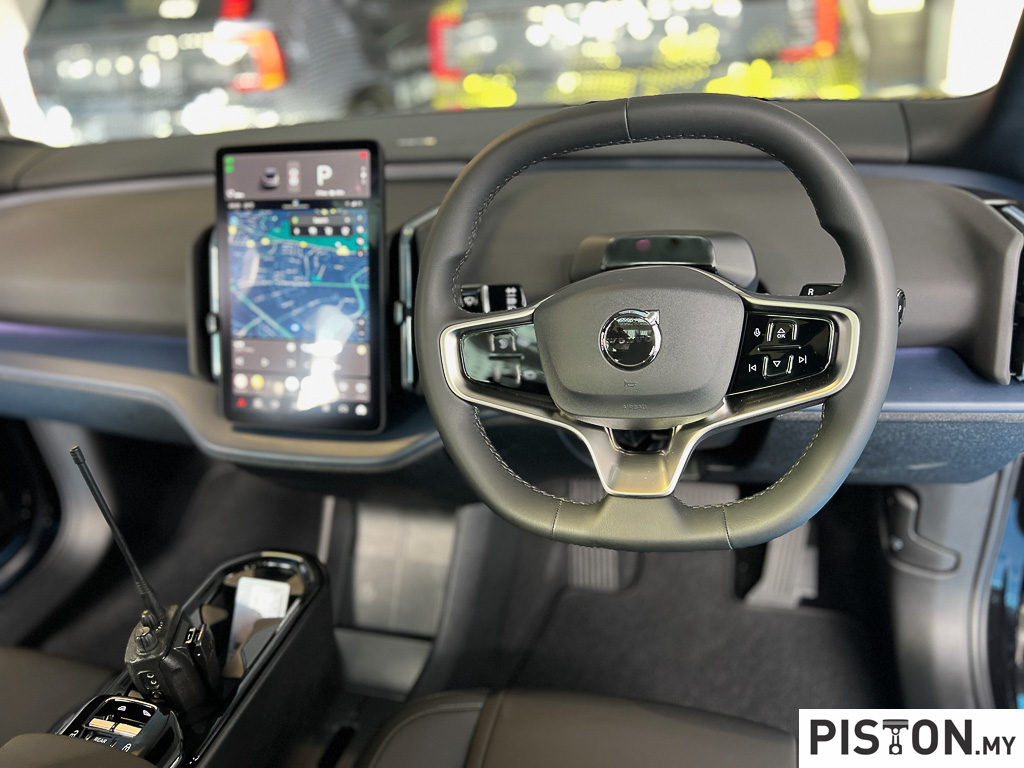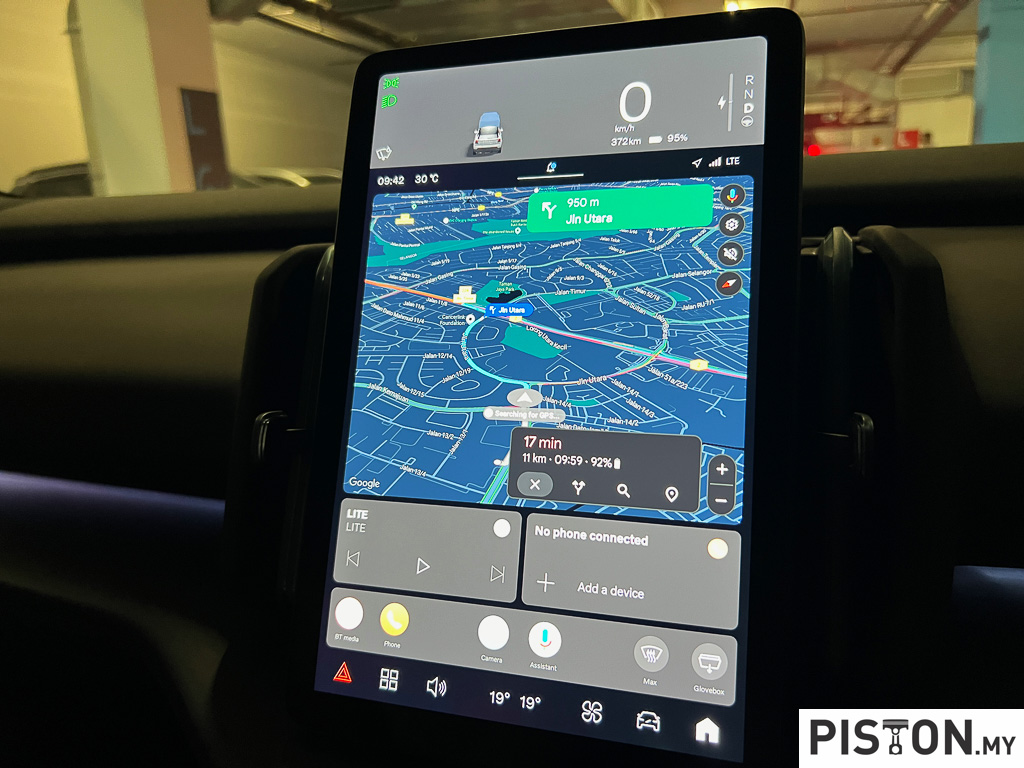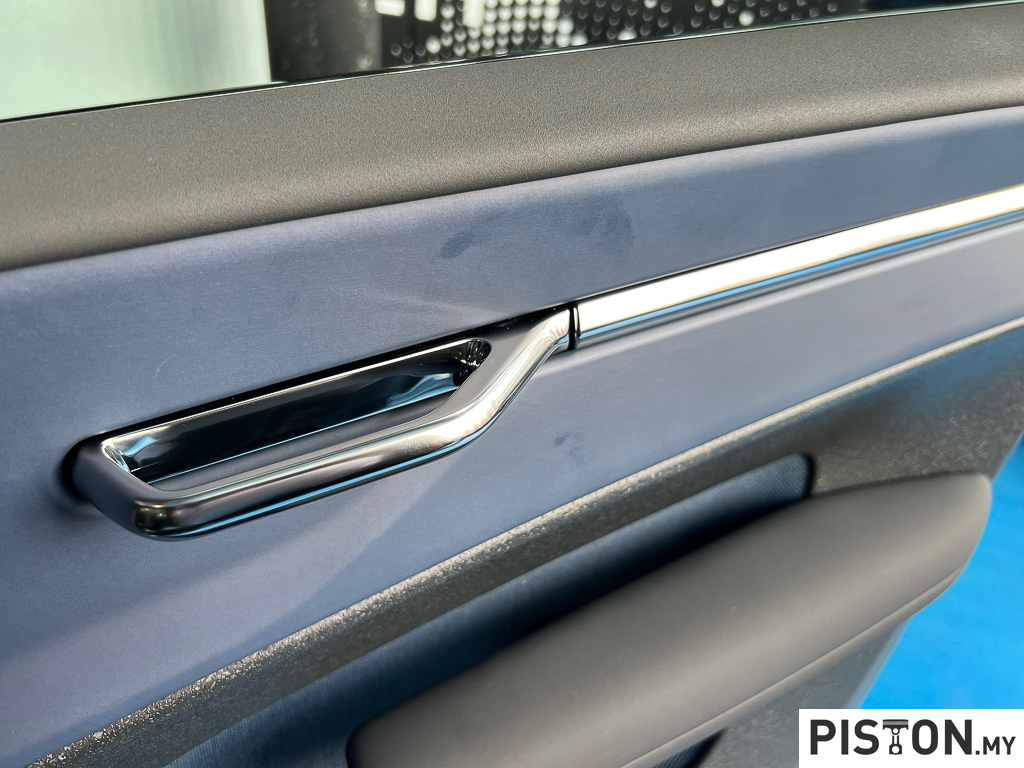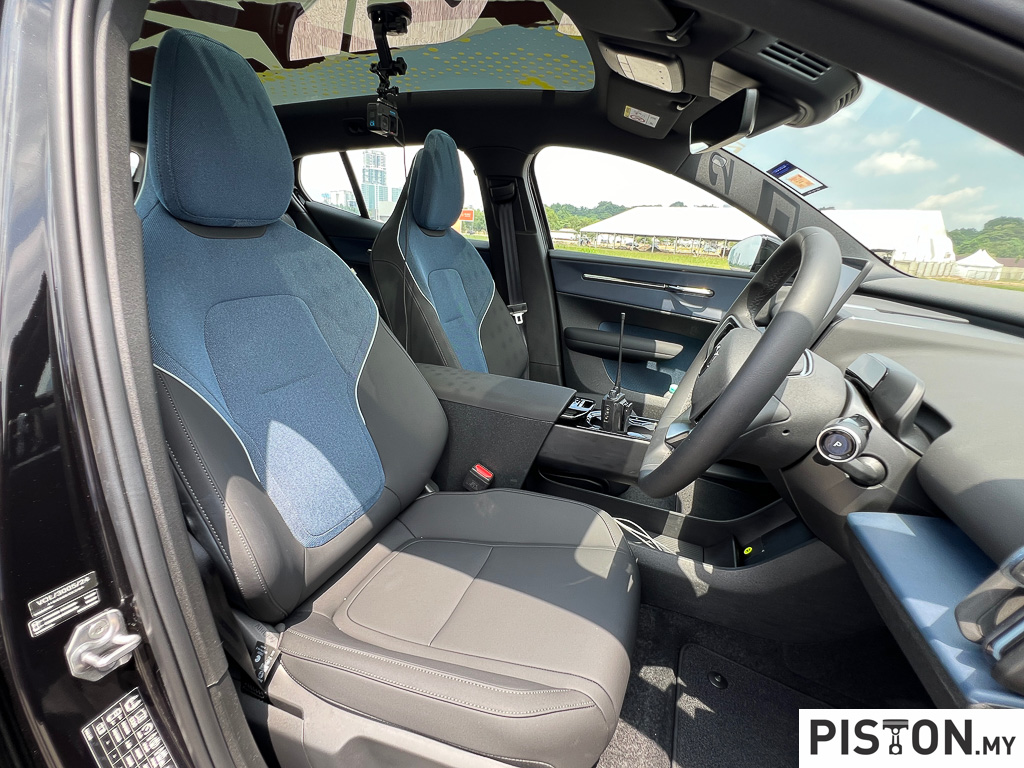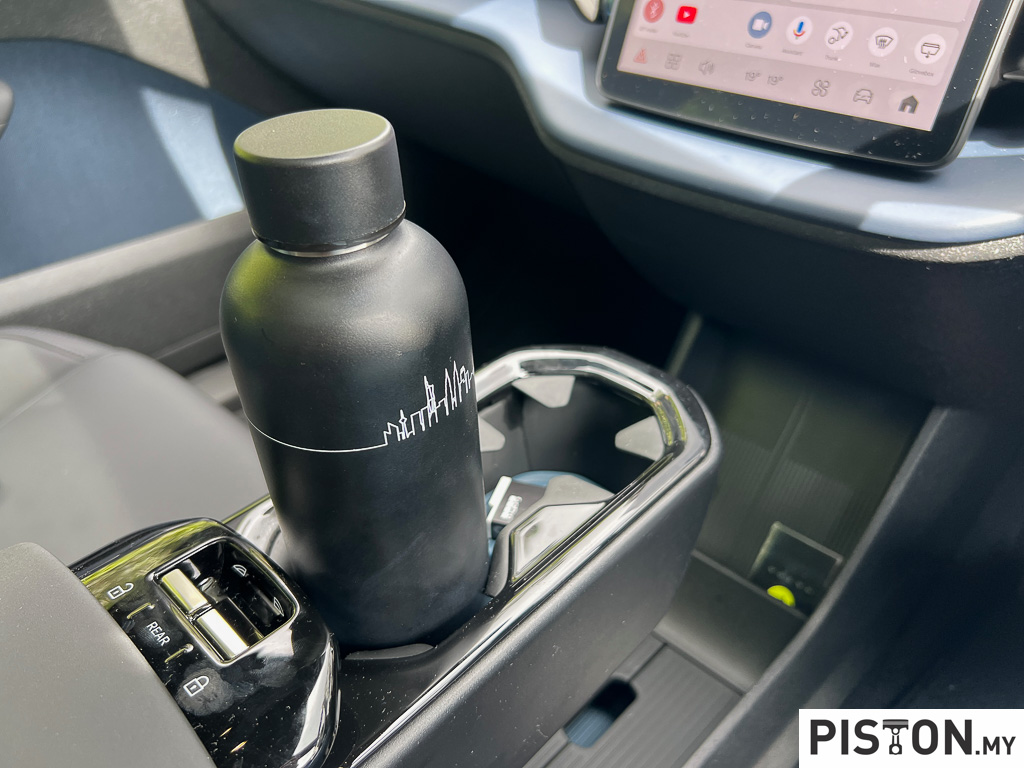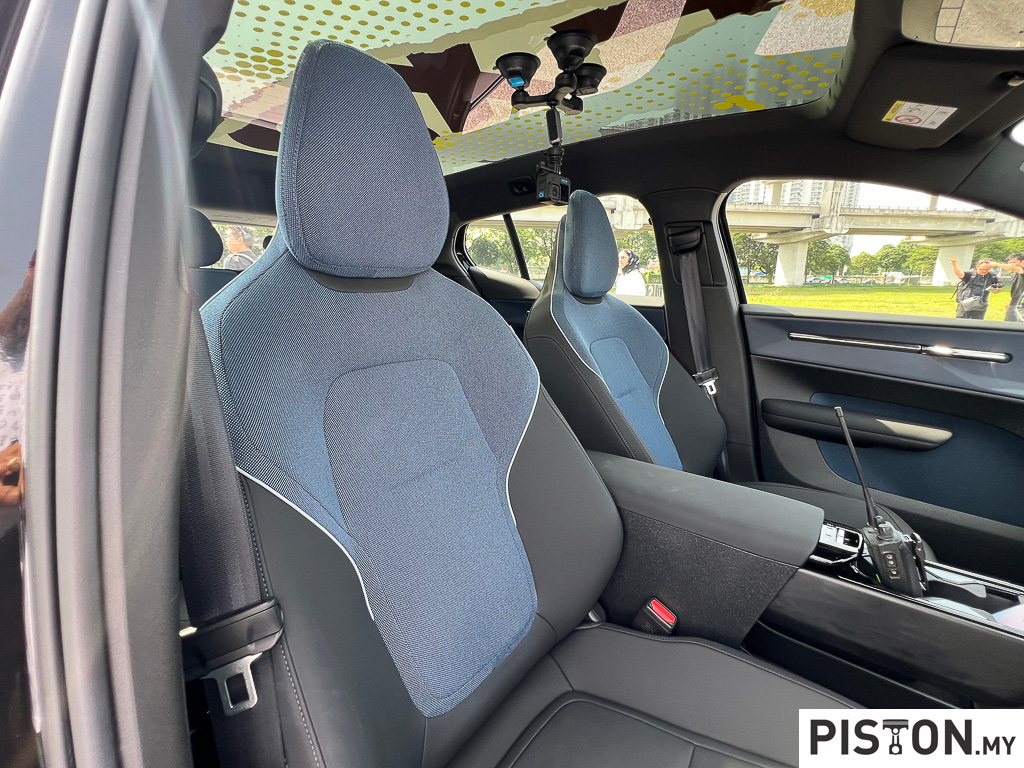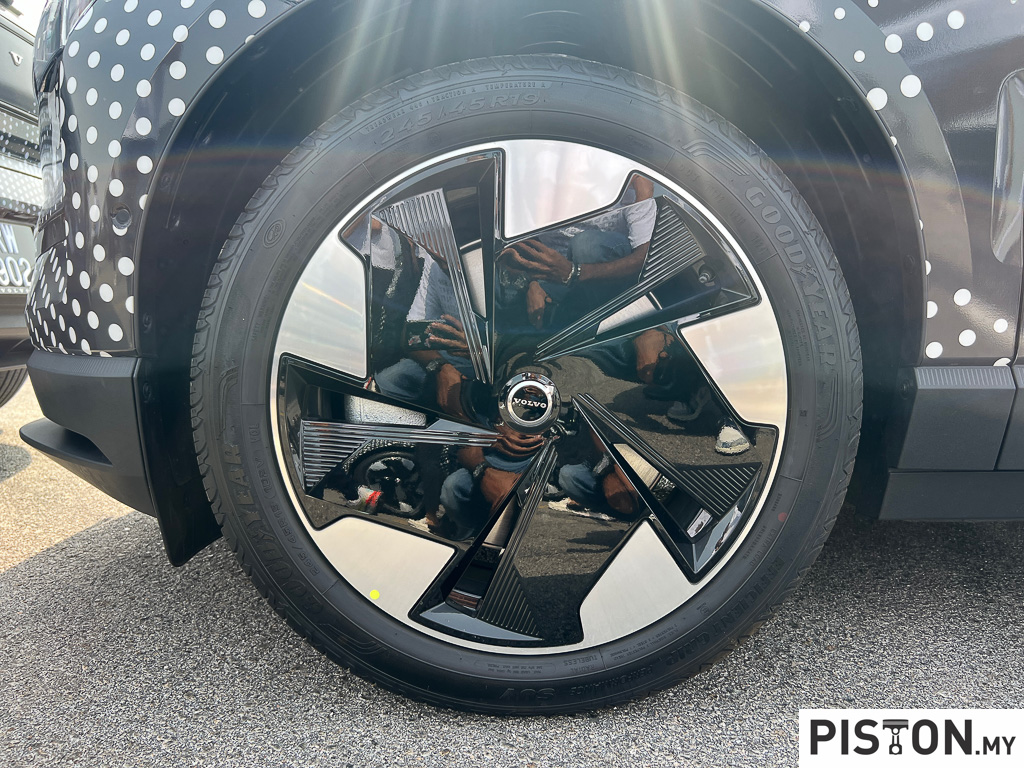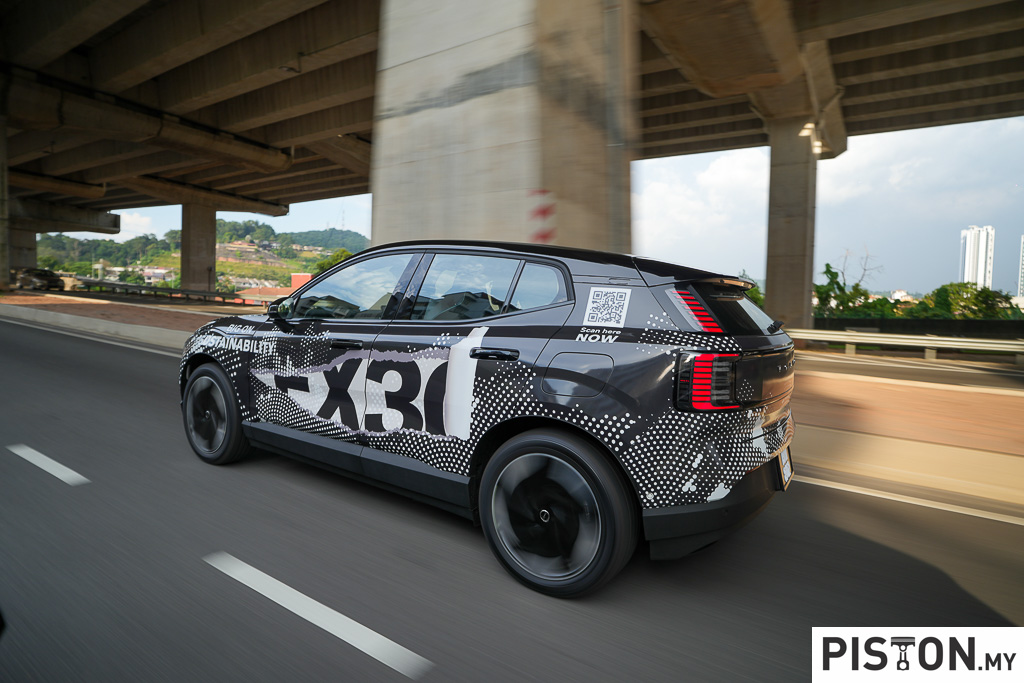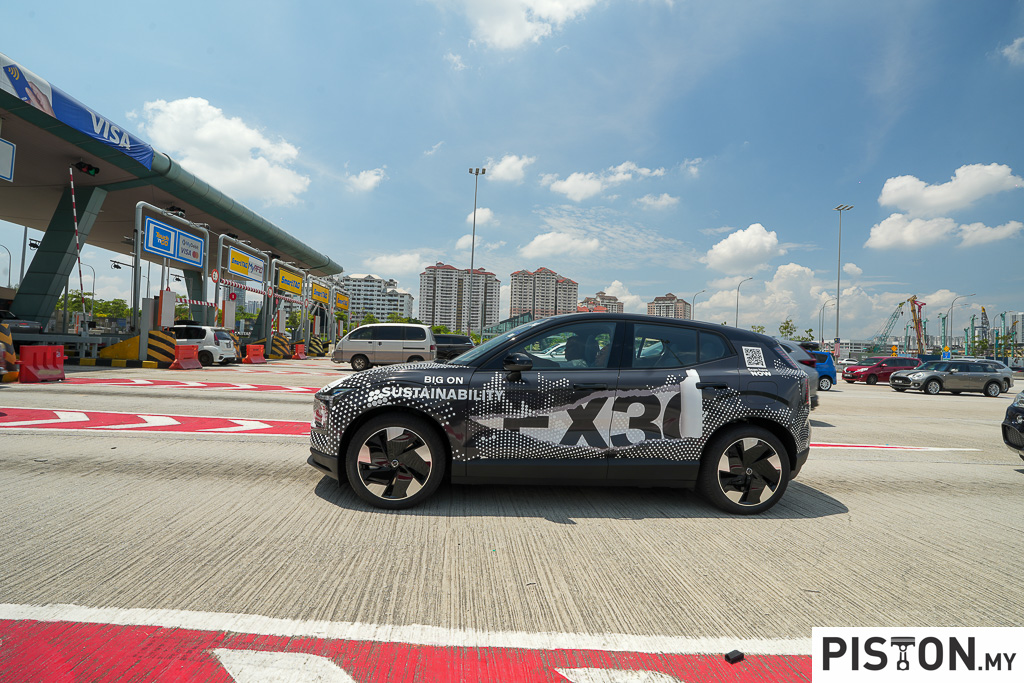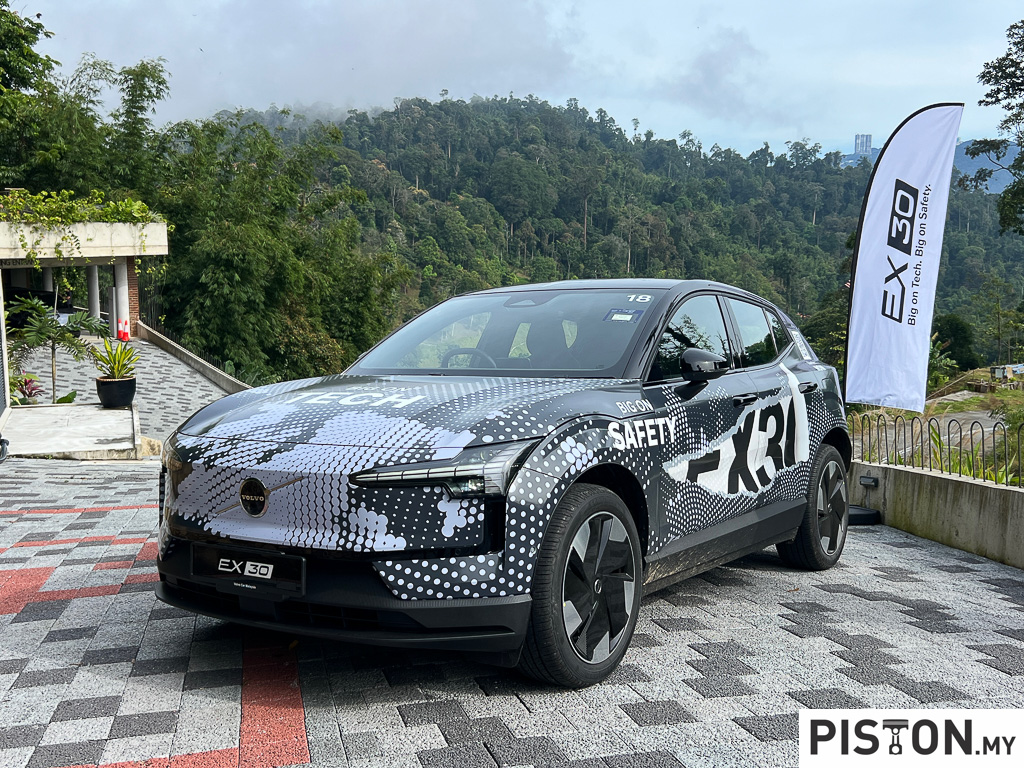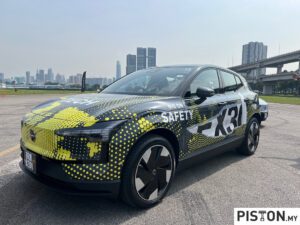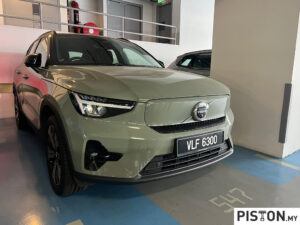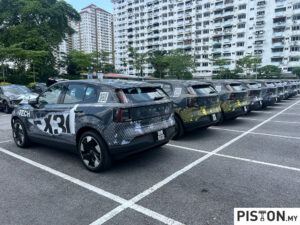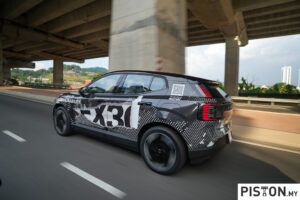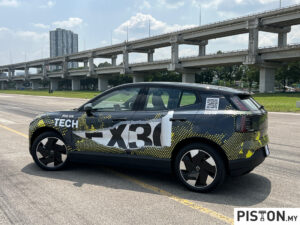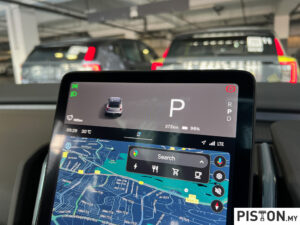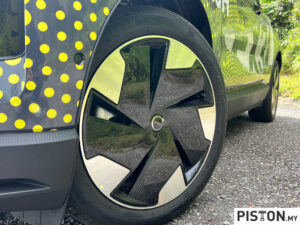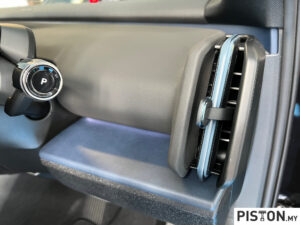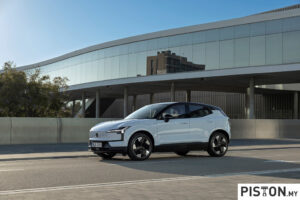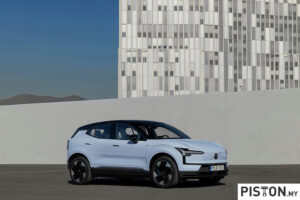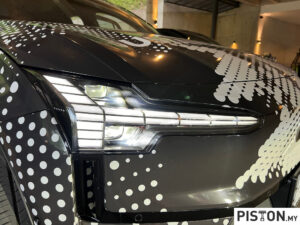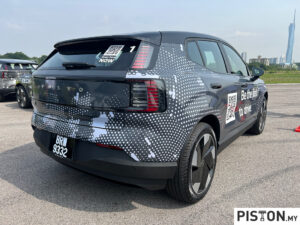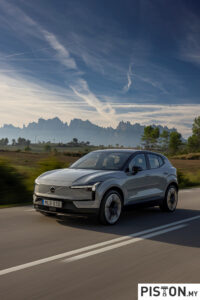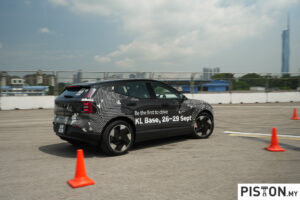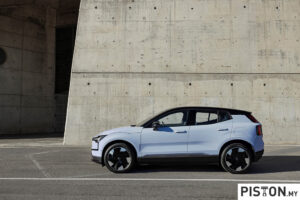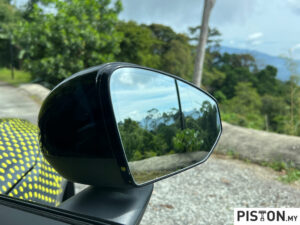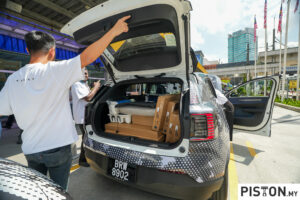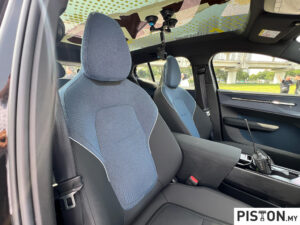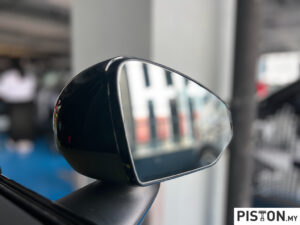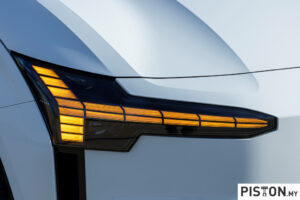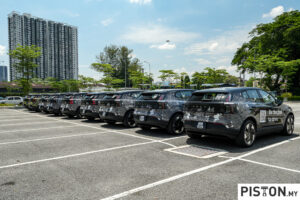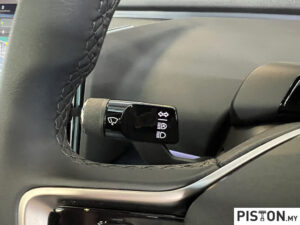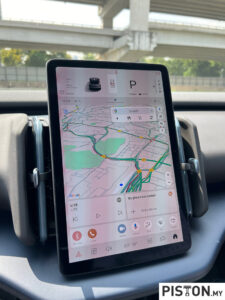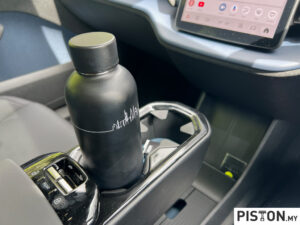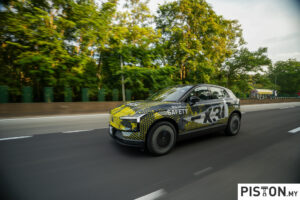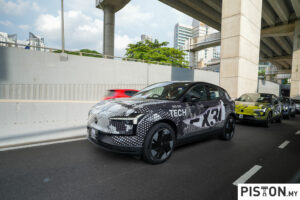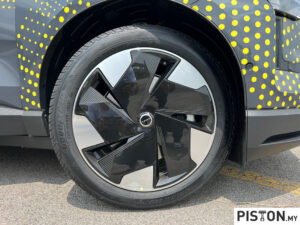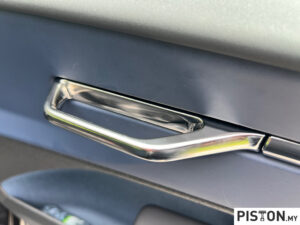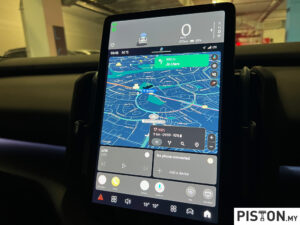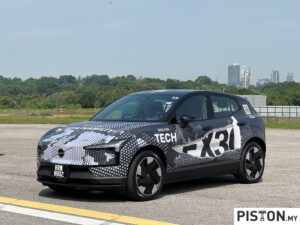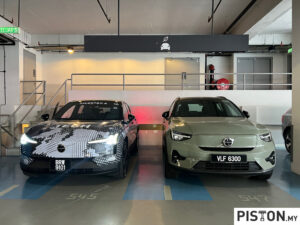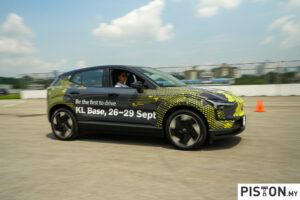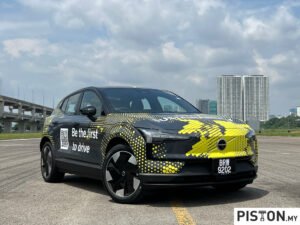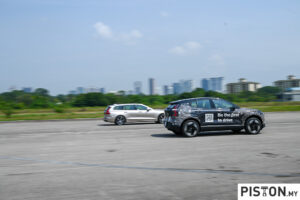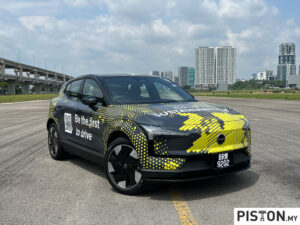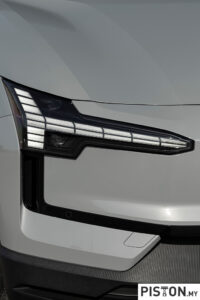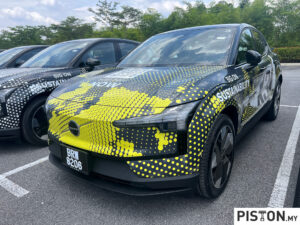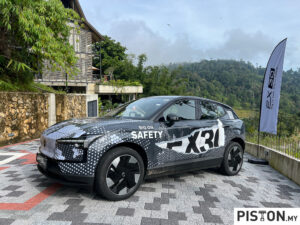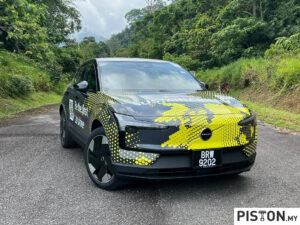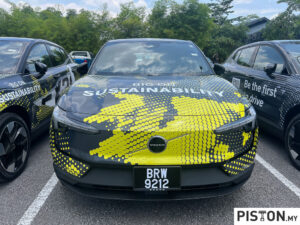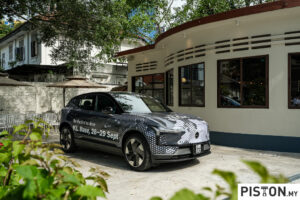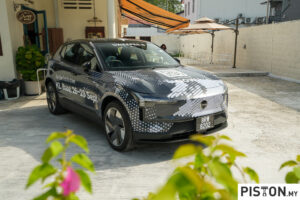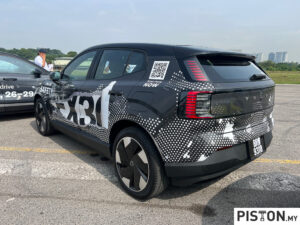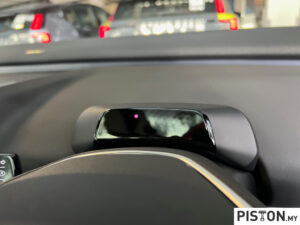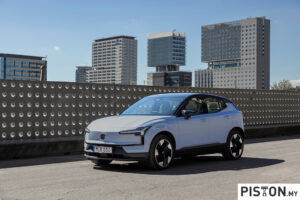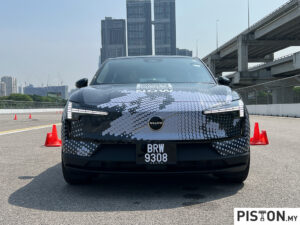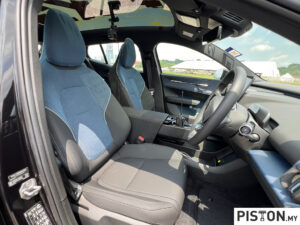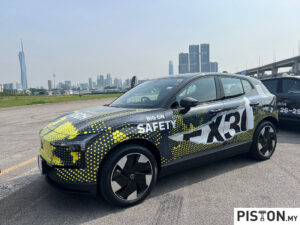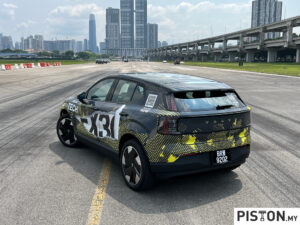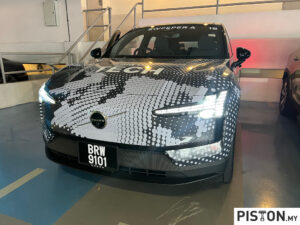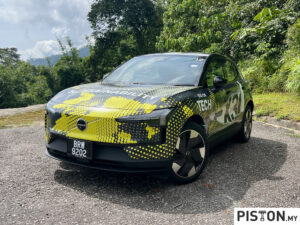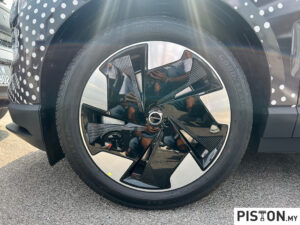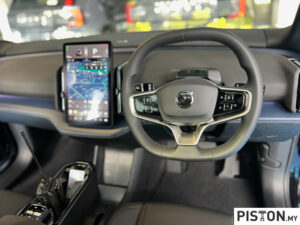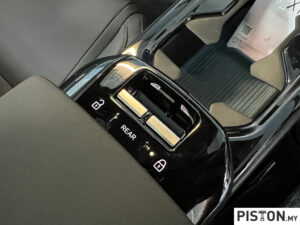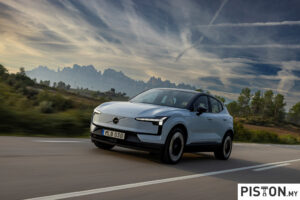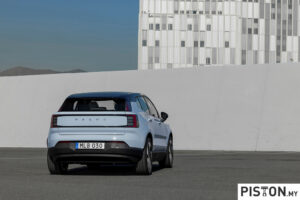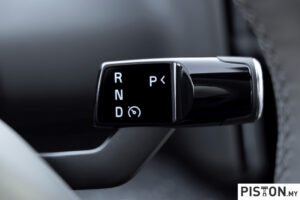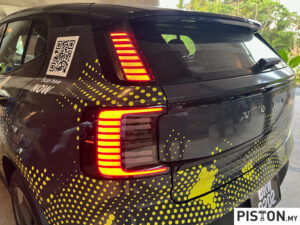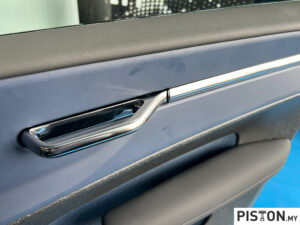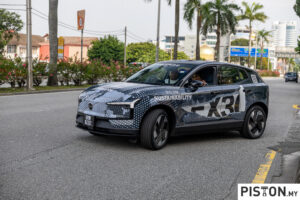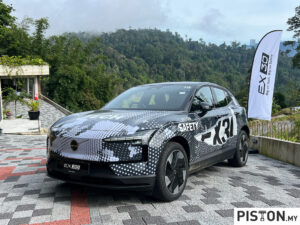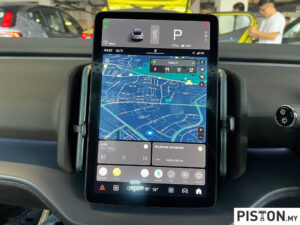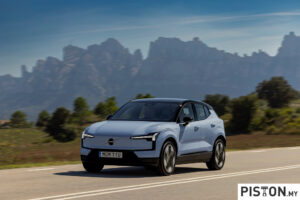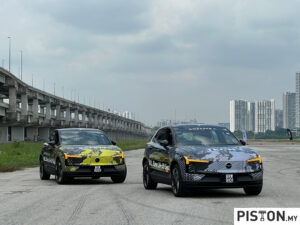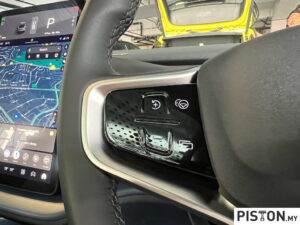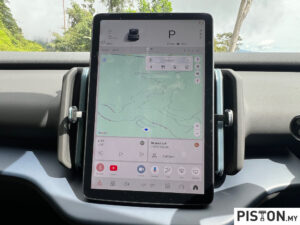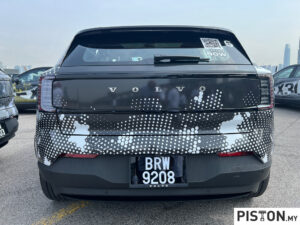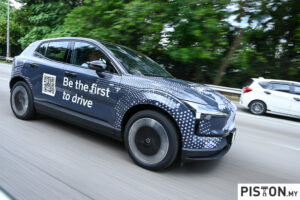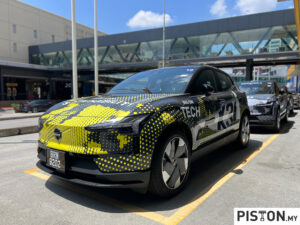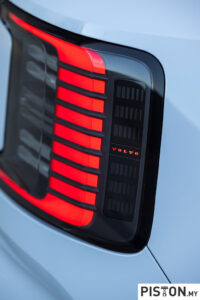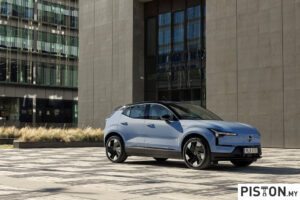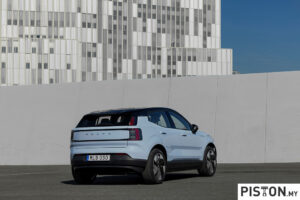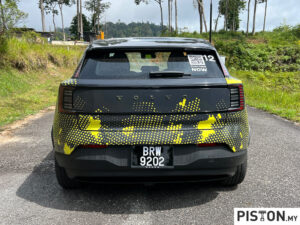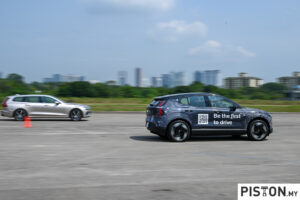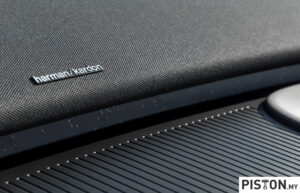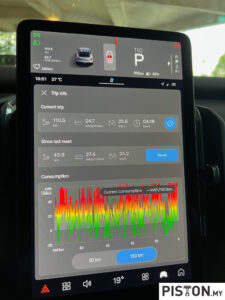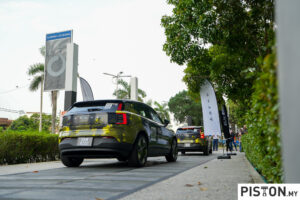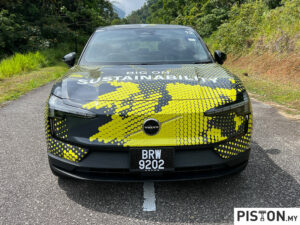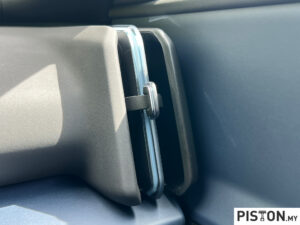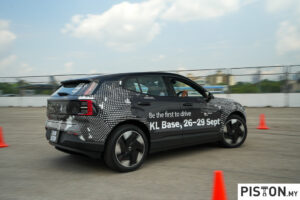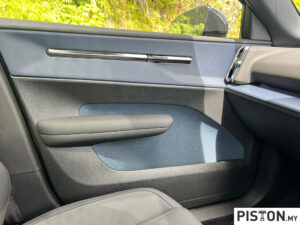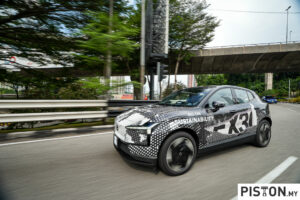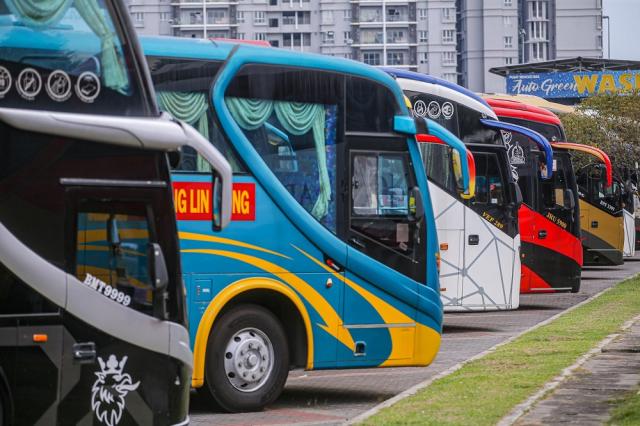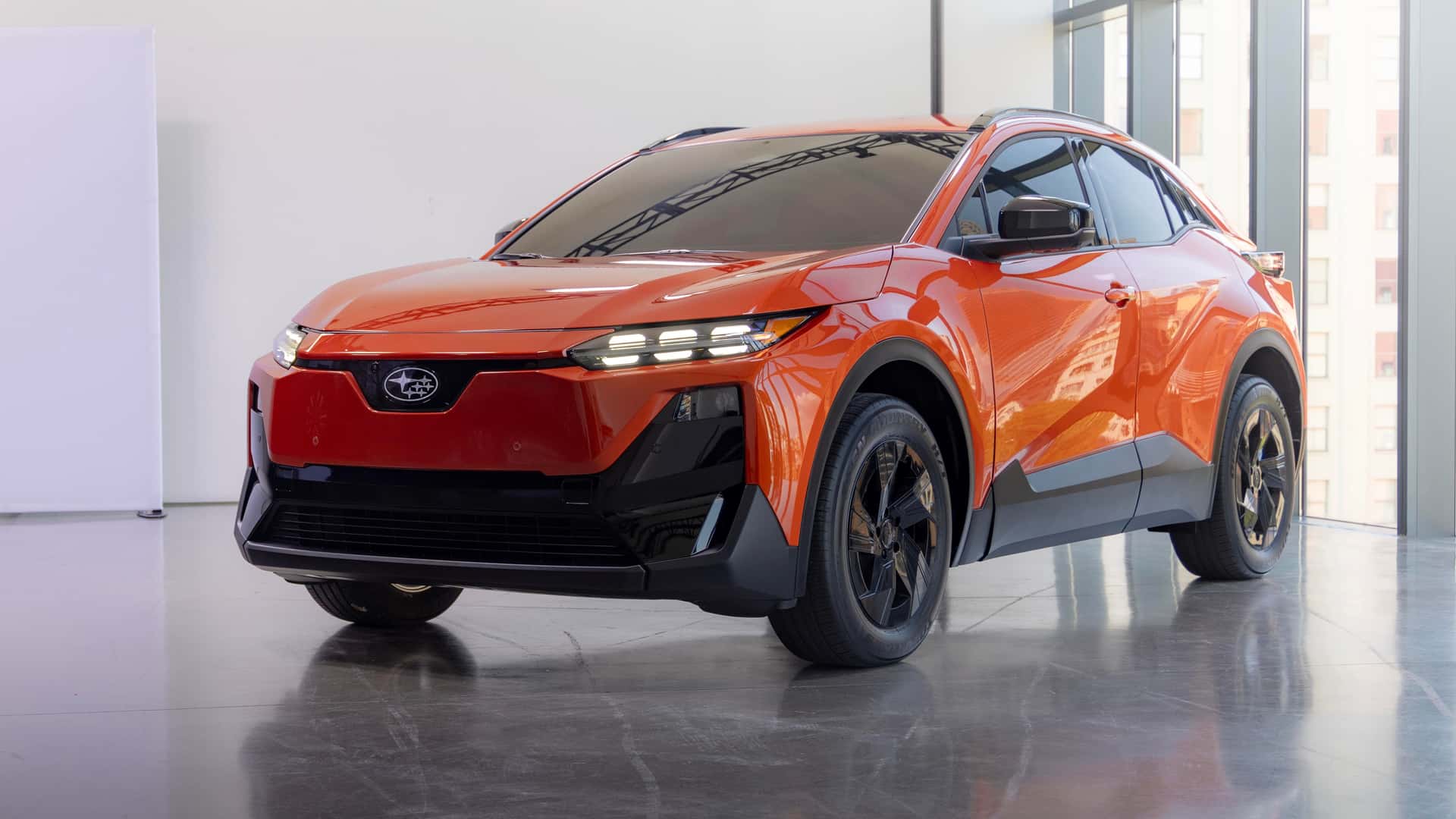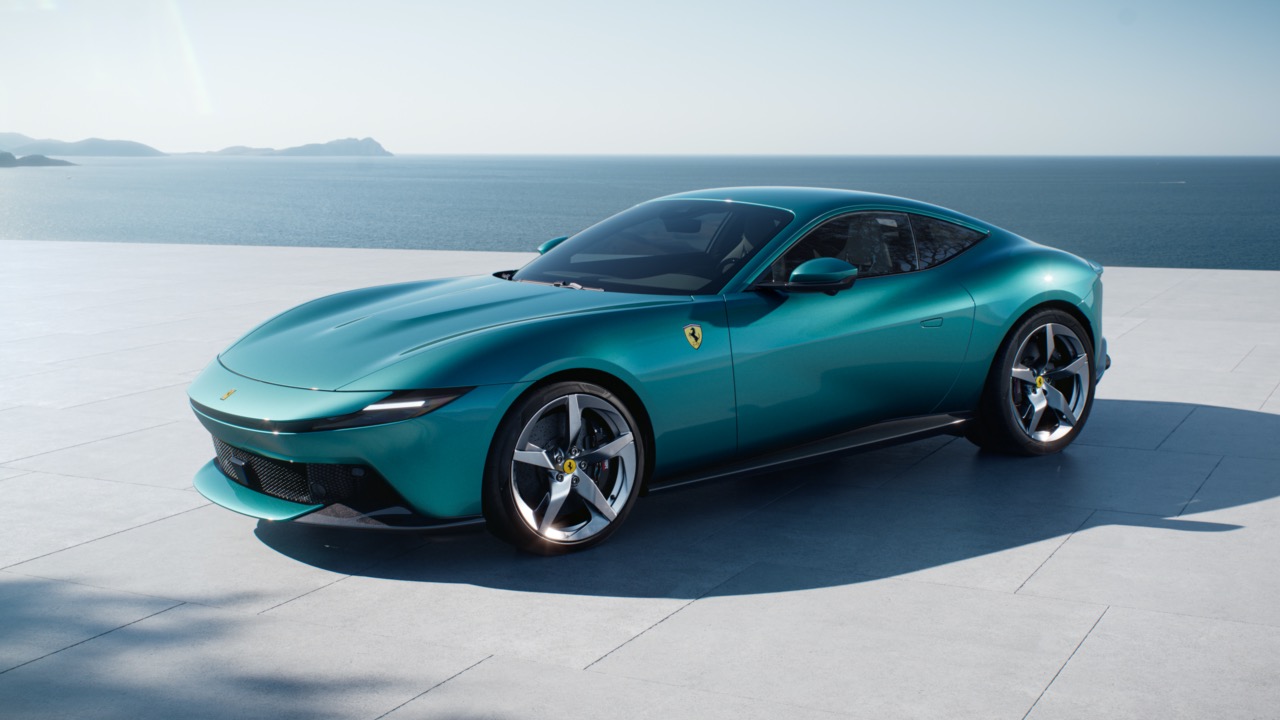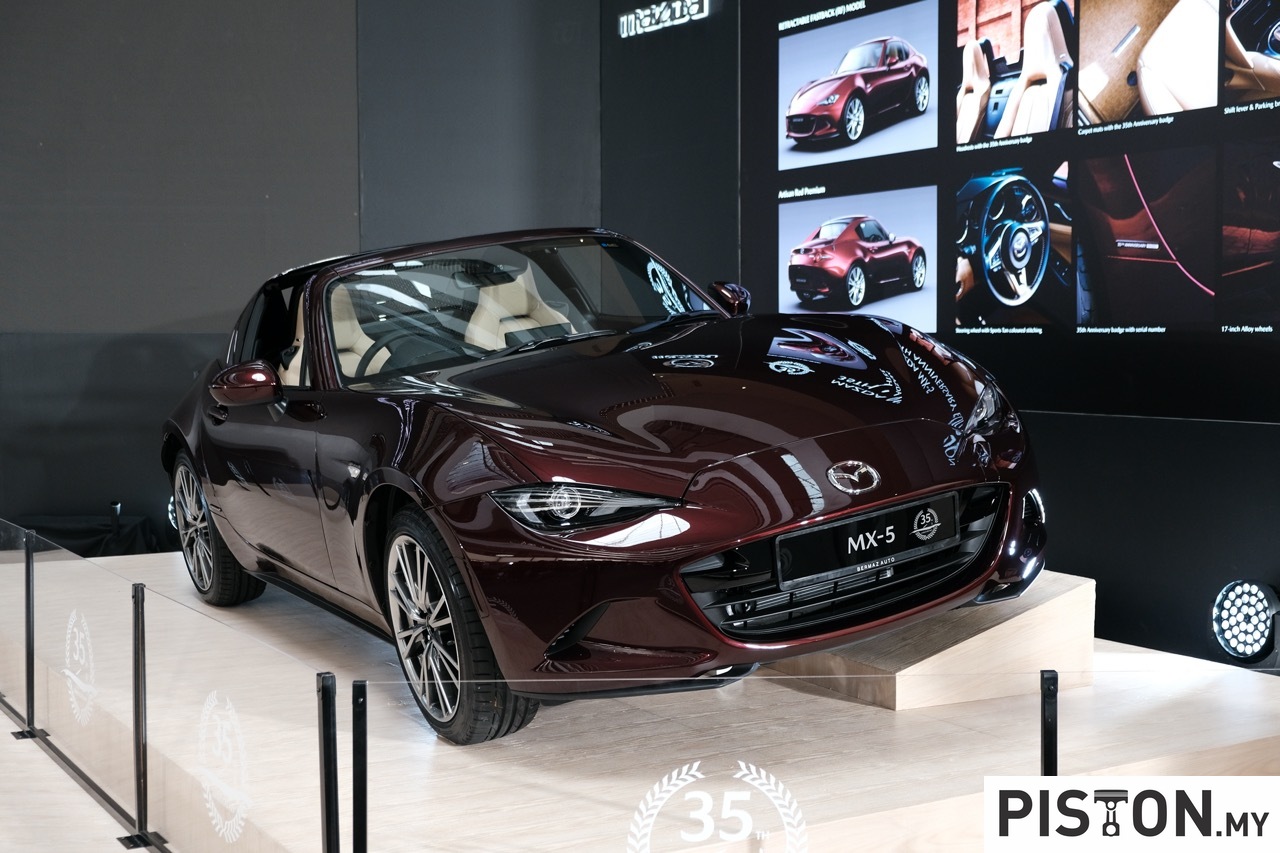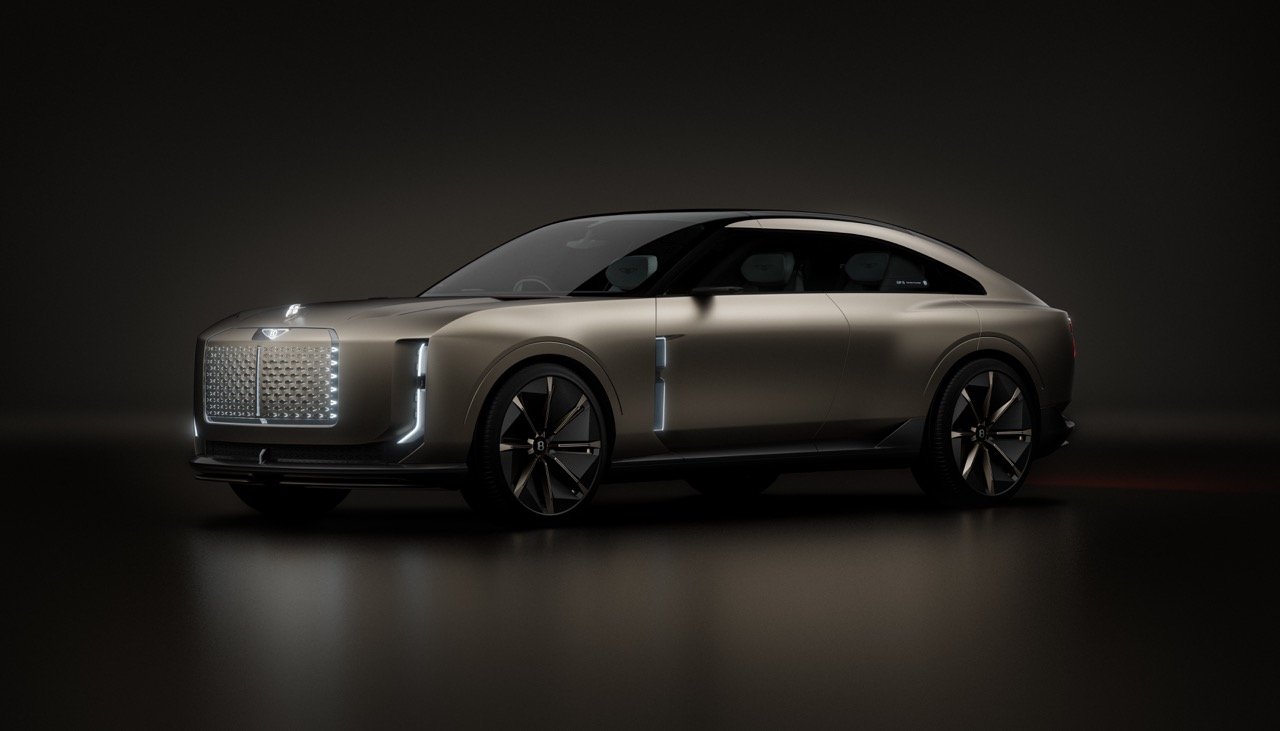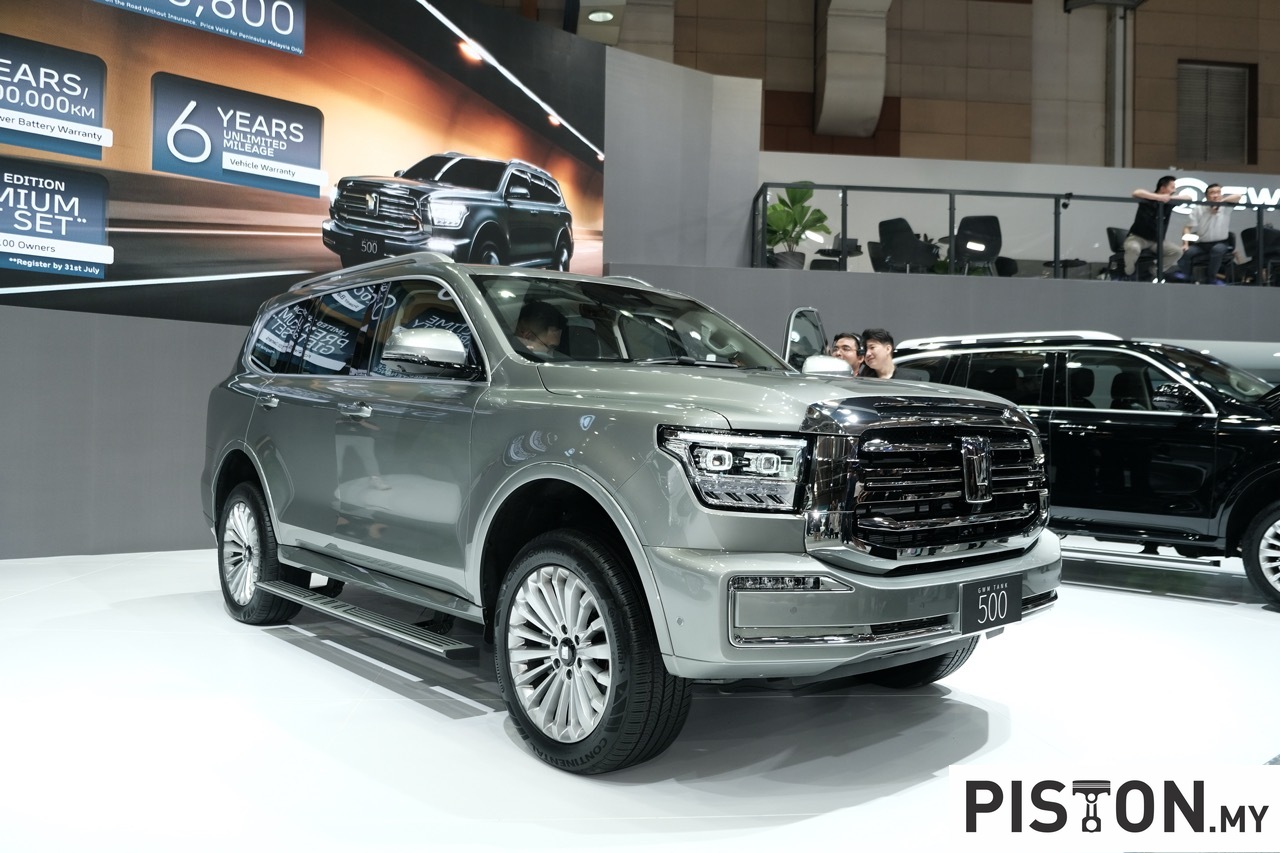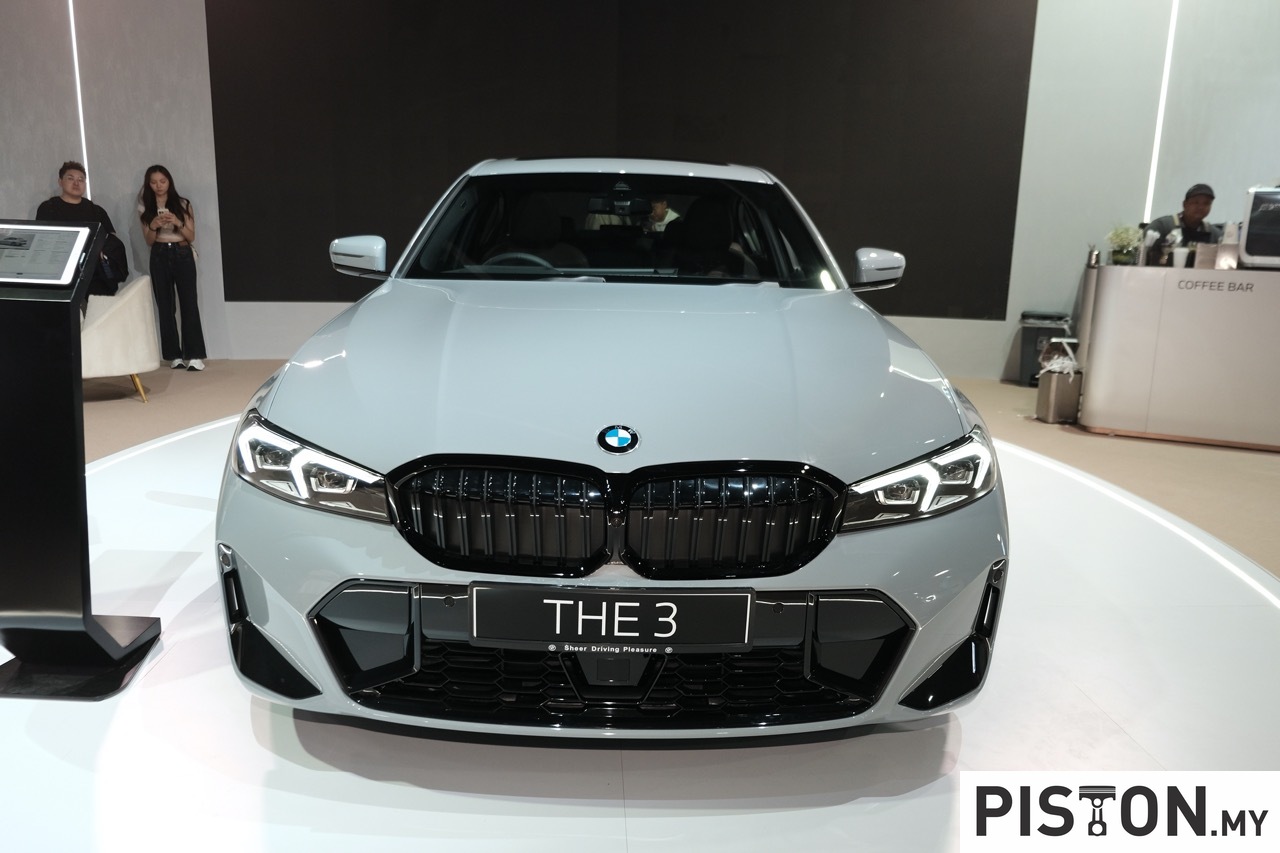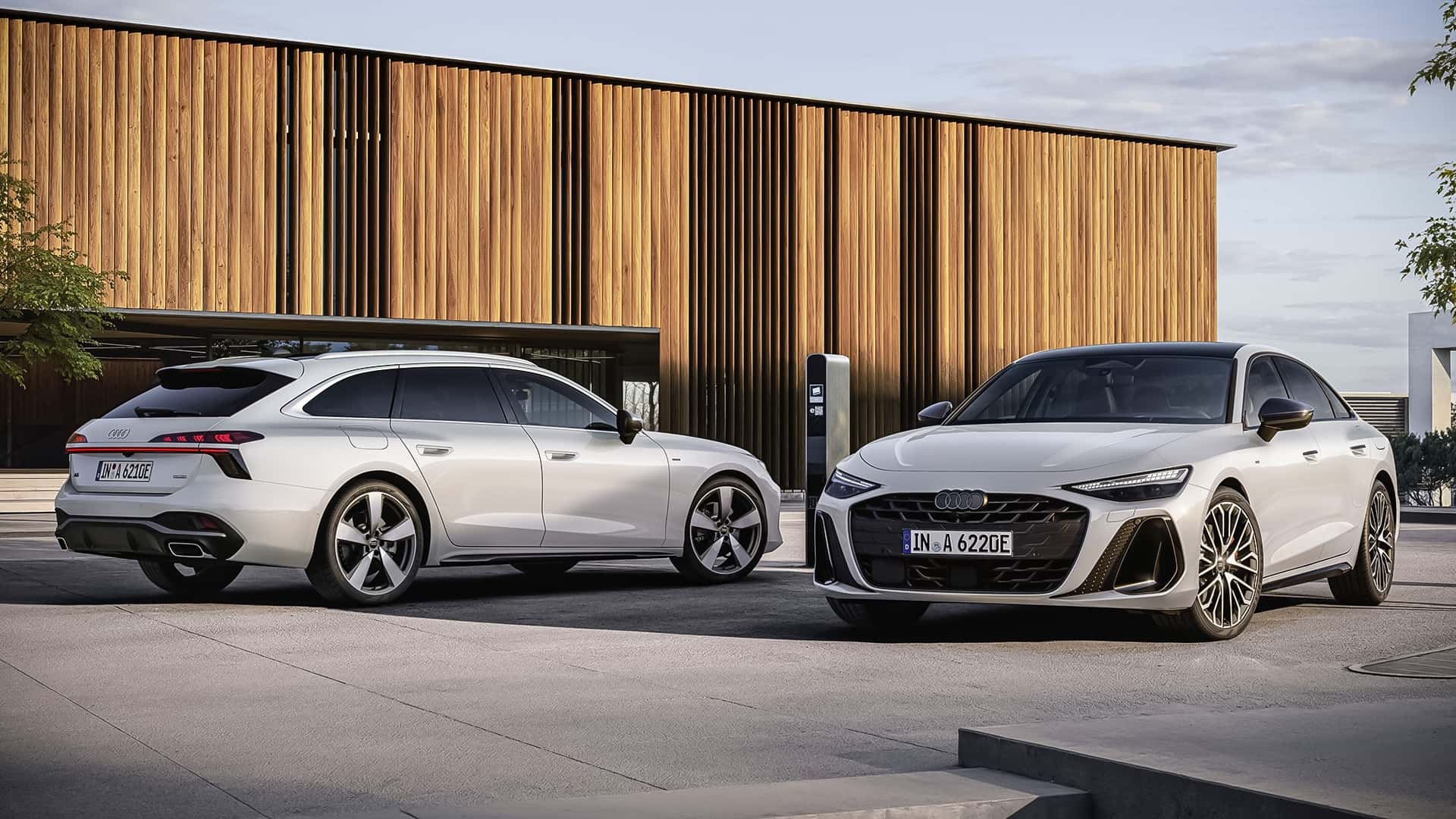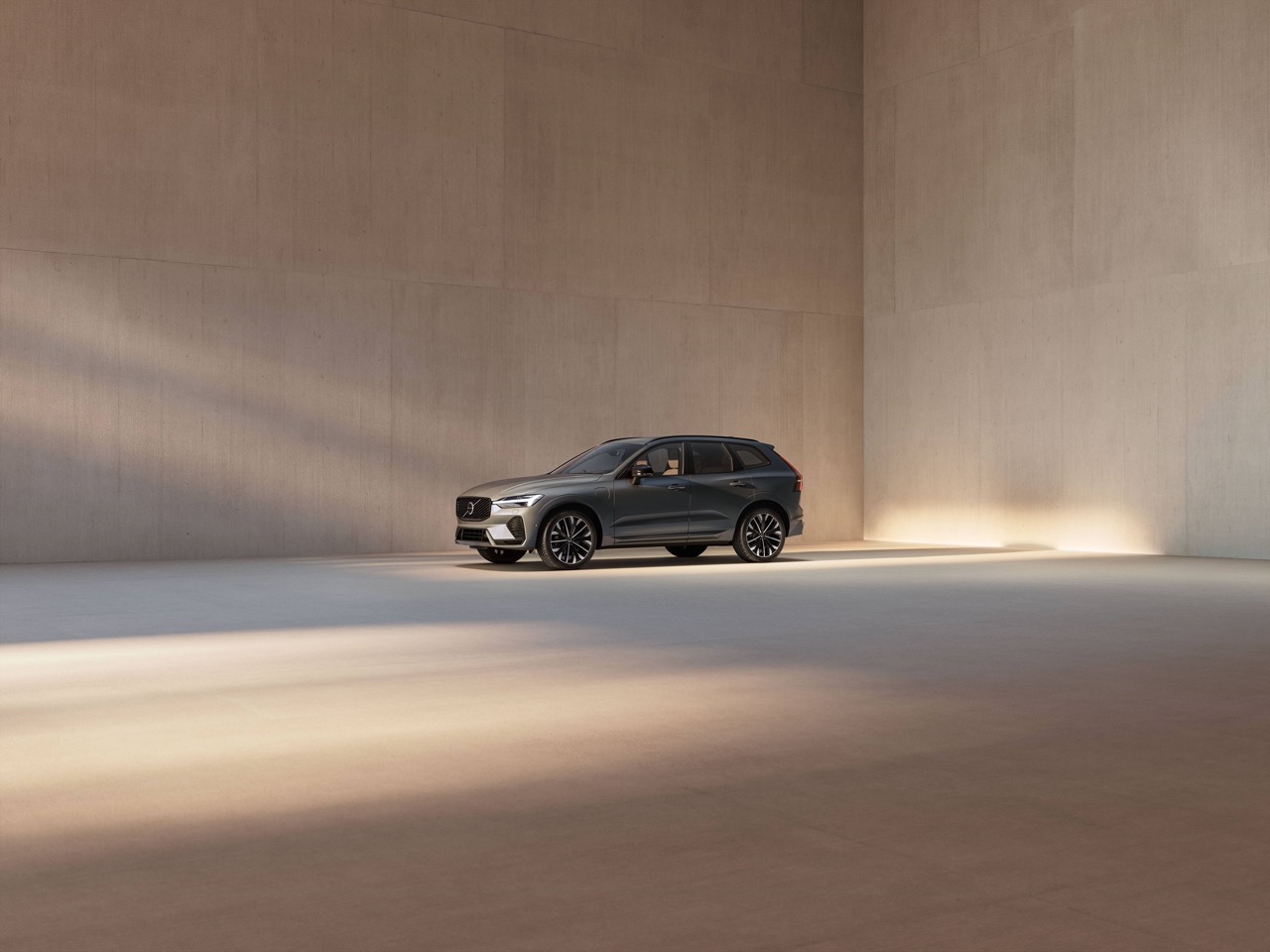For decades, Volvo had led the way when it comes to technology related to passenger and vehicular safety. The company took safety so seriously that it released the patent for the seat belt which its engineer invented back in 1959, an act that ultimately saved countless lives all over the world.
Volvo is as iconic as some of the most well-known brands, and it does it all in a typical Scandinavian way – understated and un-obnoxious. Those who drove a Volvo rarely drive anything else. And even if they do, they often return to Volvo at one point or another.
But just like some other Scandinavian brands (here’s looking at you Saab), Volvo faced some financial issues over the years. And just like some other brands, it is Chinese money that saved Volvo.
Geely bought Volvo from Ford back in 2010, but to the Chinese conglomerate’s credit, it let Volvo develop in its own way. Rather than micro-managing, Geely let Volvo to continue doing what it does best, with little to no interference from China.
Why would Geely get involved anyway? By owning a stake in Volvo, it could use its technology and trickle that down to some of its other self-branded cars such as the Geely Boyue (hello Proton X70). But that is an entirely different story altogether.
Today we are here to talk about the Volvo EX30, arguably Volvo’s most exciting model in a while. Why? Well, it is Volvo’s smallest ever car, and, it’s quickest. Not the most powerful, but the quickest. How does zero to hundred in just 3.6 seconds sound? Yup, that got us quite excited as well.
There was a time in history when that kind of acceleration figures were reserved for the mightiest of supercars only. The likes of the Bugatti Veyron and Porsche 918 see off the charge to 100km/h in 2.6 seconds, the Ferrari Enzo does it in 3.6, the legendary Ferrari F40 did it in 3.9 seconds (though that’s a manual). You get the drift by now, the EX30 has some ferocious acceleration.
The EX30 is far from a supercar obviously, but it is face-morphingly quick in a straight line, so much so that it can be dangerous in the wrong hands. Thank goodness then that Volvo thought of that (of course they did) and included a program that lets you turn off the all-wheel-drive mode (which essentially sends power to one motor rather than the dual motors), which slows the car down and improves the range.
The Volvo EX30 was never meant to beat supercars, such high-performance is just a by-product of what is has underneath it. But that does not mean that Volvo is a stranger to cars with mega power. Let’s not forget that the Swedish company once made icons like its popular and now iconic R series models such as the 850R.
Besides being big on safety, Volvo is also big on performance and motorsport. The company also went racing in the British Touring Car Championship with the 850 Estate, a series where it secured overall victory in 1998. Volvo has also raced in many different race series before and after that as well, but the direction of the company has changed somewhat.
These days, Volvo still produces cars with big power but with an eye on sustainability. In fact, the most powerful Volvo’s ever made were all introduced in the past couple of years, and these days it is no surprise to hear of a Volvo having well over 400hp. It is quite common actually, even the humble XC60 boasts 462hp.
But where Volvo and safety were once synonymous, now Volvo wants to be synonymous with sustainability. In fact, the company announced in 2021 that it will only produce all-electric cars by 2030, though that has changed in the past few weeks with Volvo saying about 10% of cars it sells by 2030 will still be plug-in hybrids. But that’s still part of sustainable practices.
Leading the charge for Volvo is the EX30. In terms of dimensions, it is only slightly larger than a Honda WRV. But that does not mean it is cramped inside, far from it, and we will get to that shortly
The EX30 shares its platform with other cars from the Geely stable, mainly the smart #1 and the Zeekr X.
From the outside, the EX30 can be distinguished by its unique take on Volvo’s now iconic Thor’s Hammer LED headlights. The lights are now wider and have a digital pixelation design which looks rather good.
From the rear, the taillights sit on the side pillars where they always do with Volvo’s SUV and Estate models.
The interior though is unlike any other Volvo, but still a Volvo.
Step inside and the first thing that grips you is how simplistic it is. The overall theme for the interior of the EX30 is minimalism, and the EX30 pulls it off well.
The steering wheel is not much of a wheel now but more of a square. It looks odd at first as your mind adjusts to comprehend what is ahead of you. It feels good in your hands, and after a few kilometres, you really that you don’t really need a wheel to steer.
After that your eyes switch to that massive, vertically stacked 12.3-inch screen that serves as the control centre for the car. This screen serves as your speedometer, your meter panel, it gives you navigational guidance, plays your music, calls your Mum, everything! Everything you do behind the steering square except for steer, select gears, control the wipers, lights and indicators is done through that screen.
And that somewhat complicates things occasionally. Because sometimes it requires you to take your eyes off the screen.
While simple controls such as adjusting the air-conditioning can be done easily, other basics such as adjusting the side view mirrors is now about three layers deep inside the menu.
The reason behind that is that Volvo has completely removed all switches and thus cables from the door panels. There are zero controls on the door panels and that means zero cabling. Even the window switches have been cleverly moved to the centre console and speakers have been completely removed from around the cabin.
Replacing the speakers is a simple sound bar from Harmon Kardon. Yes, the same sound bar some of us use at home. And no, it doesn’t sound cheap, you can still have a proper David Guetta party inside the EX30. Of course, it does not sound as great as having multiple speakers around the cabin, but if removing the speakers from the door panels means more interior space, we are all up for it.
Speaking of space, the interior of the EX30 is a masterclass in packaging. There are multiple cubby holes and storage pockets integrated into the dash, the door pockets and the centre console. Even the spacious glove compartment is neatly tucked away under the infotainment screen, and Volvo seemed to have taken a card from Tesla because you need to tap on the screen and find the operating control to open it. A simple latch would have done the trick but where’s the fun in that?
To appreciate how spacious the EX30 is, we managed to fit RM2,000 worth of Ikea furniture and accessories inside the car, and this includes two office chairs, foldable mattresses, a couple of towels and even soft toys. The fact that the EX30 has a usable forward trunk (sometimes known as a frunk) makes storing lose items a lot easier.
But when you need to move people, especially taller ones, the rear seats may not be the best place for them. The rear can be cramped for anyone taller than 178cm, and it does not have rear air-conditioning vents either which is a bummer. But you do get dual USB Type-C ports though, so if a full charge on your device’s battery is more important to you than keeping cool, then the rear seats may not be too bad, provided you are vertically challenged.
The other thing that we wish could have been better is that there is no shade for the panoramic roof, which means that this writer’s bald head was sizzling at certain times of the day. A proper tint with strong UV reflection would do the job, but that would remove the job of having a panoramic roof.
However, if you look past that and you are going to be spending all your time behind the controls of the car, then you are in for a treat.
Volvo Malaysia has plans to introduce three variants of the EX30 – a single motor entry level unit with 268hp (mechanical horsepower) and 343Nm of torque with about 345km of range on the WLTP cycle. After that is the single motor extended range variant with the same amount of power but with a larger nickel manganese battery that gives it a 480km range.
And the range topping variant is what some call a modern interpretation of the classic hot hatch – the twin motor performance variant.
With 422hp and a monstrous 530Nm of torque, this is the variant that would reconfigure your face with its blistering acceleration. This is the model that sees off the sprint to 100km/h in just 3.6 seconds, and if you like embarrassing supercars at the traffic light drag wars, then this is the model you want.
Interestingly, you don’t sacrifice on much either because it offers a range of about 460km, which is not that much down from the extended range variant.
We were recently invited by Volvo Malaysia to have a go at the EX30 before its official launch and were provided with a rather interesting program to test out the car. We started the day at the Volvo Malaysia headquarters in Petaling Jaya, we then headed to the old Sungai Besi airport for a spot of drag racing where the EX30 demolished the more powerful 462hp V60. Keep in mind that hard acceleration diminishes the battery just as quickly as a V8 engine in a drag race.
From there, we headed to Bamboo Hills for lunch and then to Ikea Damansara for shopping. We then headed to Grumpy Bagel on Jalan Imbi and then to Janda Baik along the Karak Highway.
We know, we were quite taken aback with the schedule as well, but it all made sense later.
This route and all the activities were perfect to showcase the best that the EX30 has to offer. The drag race proved that the EX30 can take out more powerful cars. Parking in Bamboo Hills was a breezy with the Park Assist picking out available spots and automatically parking the car with no human interference except for changing the gear.
Ikea then proved that you can essentially shop for a small office with the EX30 and driving to Jalan Imbi showed that the small size of the car is perfect for city driving and navigating KL’s small back alleys. It all made sense at the end of the day.
But the best part was that despite all of that racing and driving around, especially uphill to our resort in Janda Baik, which takes up a lot of juice, we still arrived with over 40% battery state of charge.
The best part of it all is that we arrived feeling we could do it all over again. And that is the hallmark of a Volvo, one that blends performance with comfort.
The Volvo EX30 is so full of party tricks that it is impossible to fit it all here, but we just have to say that the EX30 Performance can take up to 22kW of AC charging and if you come across a 153kW DC charger, you can recharger from 10-80% in just 25 minutes.
And you also cannot talk about any Volvo without touching on the safety systems it has to offer. The EX30 is obviously big on that as it features the latest generation of the Pilot Assist system that can help you change lanes, overtake and driving alongside larger vehicles a lot safer. The cool thing about this system is that it can find a centre point between vehicles so you have a safe distance.
There are others like the Door Opening Alert feature that detects oncoming cyclists, scooters and other vehicles using the rear radar, and alerts you in the event that a collision is possible or imminent.
Of course, there are plenty of other systems working in unison underneath the car, all designed to keep you safe in any situation. It is after all, a Volvo.
Prices for the Volvo EX30 are not yet available at the time of writing.
Specifications (Twin Motor Performance Model):
Motor: Dual Electric Motors (All Wheel Drive)
Power: 422hp
Torque: 543Nm
Acceleration (0-100kmh): 3.6 seconds
Top speed: 180km/h
Battery: Lithium Nickel Manganese Cobolt Oxide
Charging: 22kW AC / 153kW DC
Price: Not available
We like: Performance, Range, Design
We don’t like: Cramped rear seats
Volvo EX30 Full Gallery







